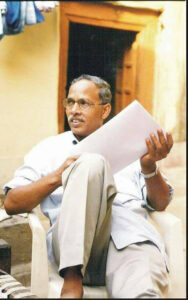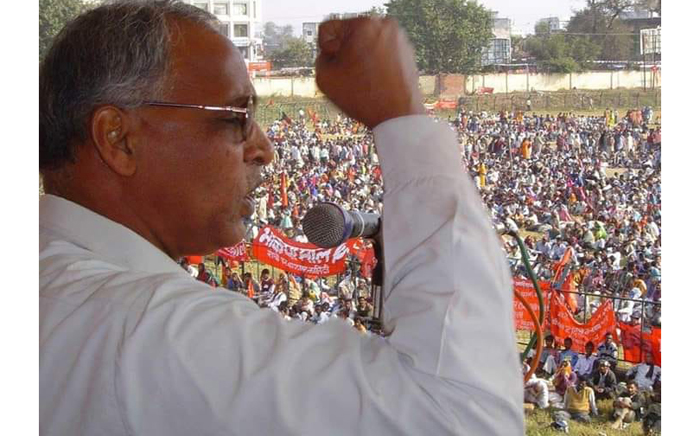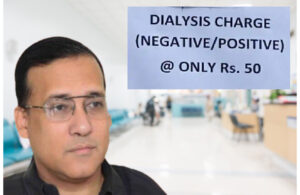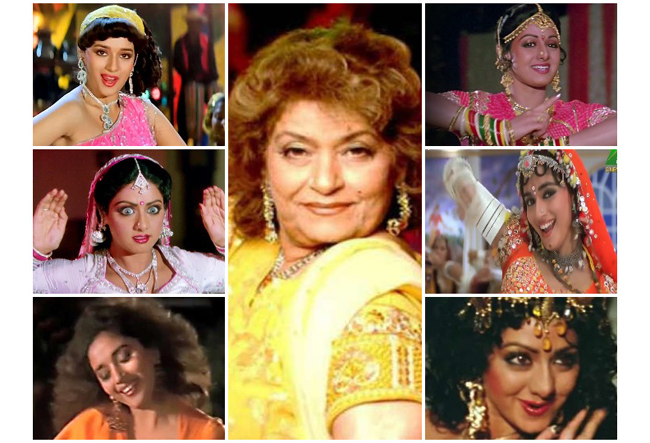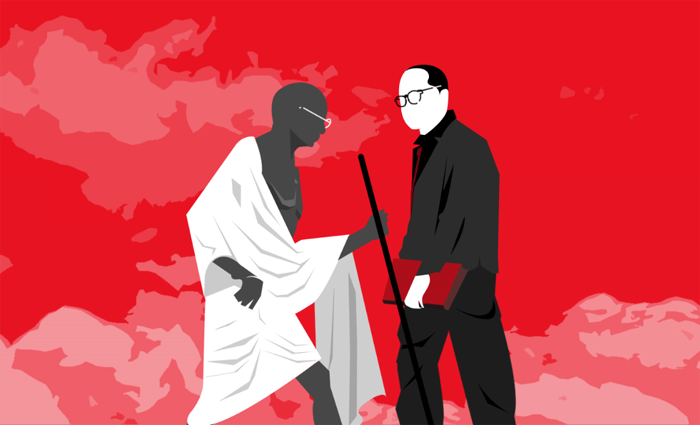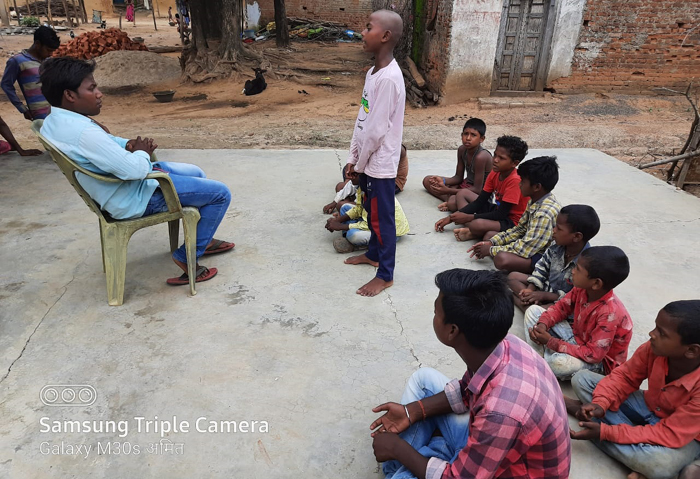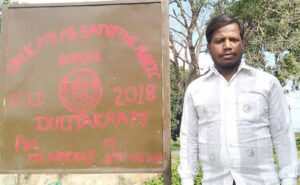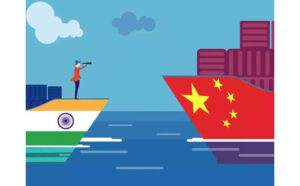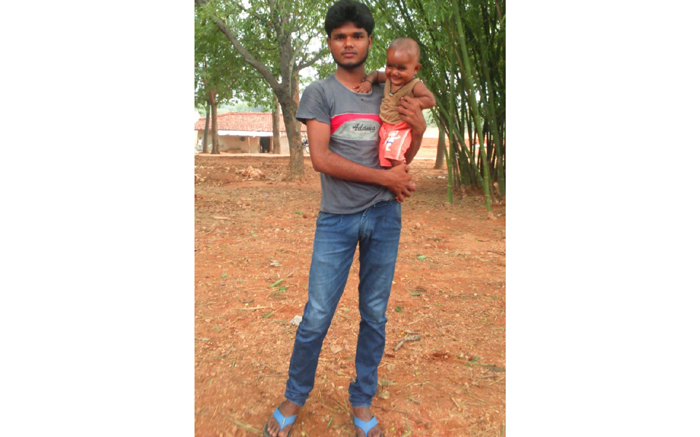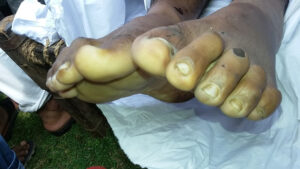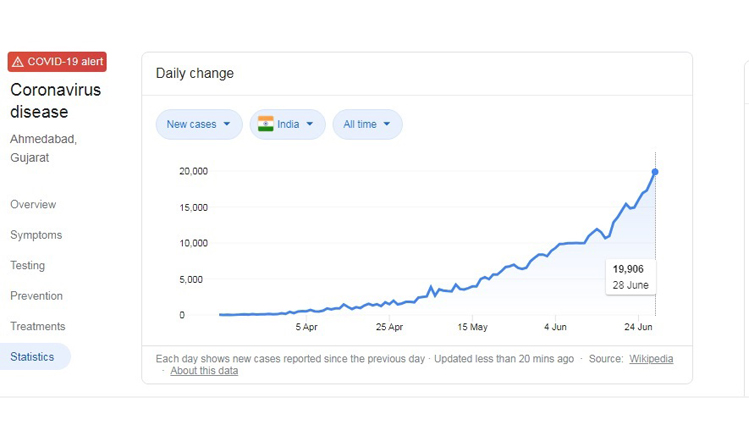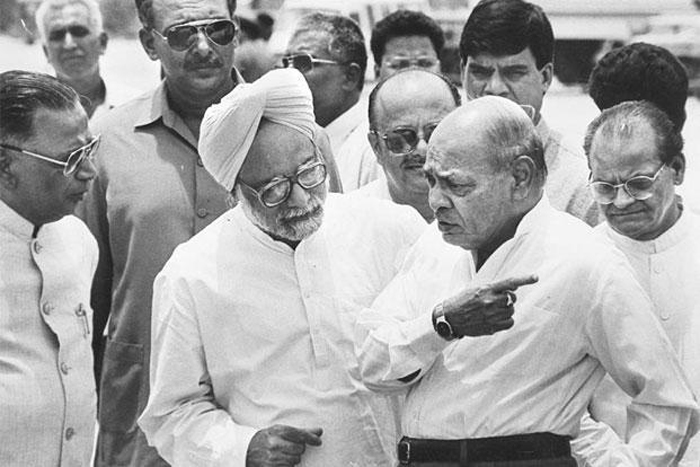All licensing of new industries, barring a few sectors put in a negative list, was removed. The ‘licence-permit raj’ of nearly 40 years had ended, marking the beginning of massive economic reforms and the movement of EODB or ease of doing business.
Indians born after this date, generally referred to as the Liberalisation era children, do not know what it was like for anyone who wanted to start a business — small or big under the IDRA. It was the mother-goddess of a web of restrictive laws and regulations constricting innate Indian entreprenuership.
The following would give a glimpse of how the government controls worked.
Before this date, if one set out to be an entrepreneur, wanting to make something in India, the person had to first obtain a hard to get a licence from the government to start any business. Then he had to apply to the government for approval for importing machinery and equipment, if they were not available in India, and that was the case in most instances.
The entrepreneur’s wait got further extended if he chose to import technology, as the person had to satisfy official regulators that the technology was unavailable in India.
A further hurdle had to be crossed if the person had to buy the equipment or technology abroad. That was because he/she would be required to obtain a rarely given foreign exchange permit.
The most difficult license to get was when an industrialist wanted to raise capital from the stock market. It was the government that decided how much capital he/she could raise, what to produce and how much to produce.
A whole range of bureaucratic institutions such as the Monopolies and Restrictive Trade Practices Commission, Directorate General of Technology and Development, Import and Export Controller and a host of others could at any time interfere with any entrepreneurial activity.
A government-appointed committee (Hazari committee) in the 1960s had revealed that a handful of business houses with political connections had managed to corner a large number of the industrial licences in order to block competition, but had made no investment for production of licenced goods, thus creating shortages and a sellers’ market.
In the early 1980s, Texas Instruments, then the world’s leading makers of calculators and electronic business machines, wanted to start their production in India, in the so-called special economic zone at Santa Cruz, Bombay.
After a wait of 18 months, the Indian licensing authority permitted them to make fewer than 5,000 machines, because in the official mindscape that was the size of the expected market for calculators, officially regarded as a non-essential item.
This tale of woe was narrated to the Finance Minister of India, V. P Singh ( I was present as a foreign news reporter) who was visiting Hong Kong for an investors’ conference in 1984.
An NRI from Hong Kong narrated his experience of operating a production unit in the Santacruz EPZ. According to him, it took him weeks to import vital components going into an electronic product and before he was allowed to export anything from this dedicated EPZ, he had to grease the hands of several customs officials.
On the contrary, his export-import firm in Hong Kong was able to import an item required for making any electronic equipment all the way from Latin America and his final product with the imported part fitted in, he was able to export to Australia in a matter of five days.
The official policy did not allow soaps, detergents, radio or TV sets to be marketed under foreign brands, as part of a severe import substitution and ‘self-reliance’ (self-denial?) policy.
Most consumer durables production was reserved for the small-scale industries which did not have the scale and technology advantage. But in an economy of shortages, the consumer had little choice.
Typical of the prevailing mindset was the declaration in a government budget (1970) that refrigerators and air conditioners (even bread ), were ‘luxuries‘deserving prohibitive taxes.
Advertising on the electronic media of such products and jewellery was banned as a way of shunning items of conspicuous consumption. Only public sector companies could be named in government-controlled news media, not private companies.
Investment bankers and stockbrokers did not have free access to economic and financial news from across the globe under an official restriction. And, there were a host of other such policies ostensibly to promote domestic entrepreneurship.
Decades later, India was and is being celebrated as the centre for manufacturing innovations and global IT hub.
The foreign exchange reserves that hovered around a few million dollars in 1991, requiring India to pledge its gold reserves to stave off a default of interest payment on foreign loans, and meet the cost of importing essential goods like POL, has grown to about $300 billion.
After the opening up of the economy by scrapping IDRA and other bold steps, India showed that it could grow annually at 8-9% and close the economic gap with China.
This new India now gets invited to the international high table such as the G-7. It caused the coining of an acronym BRICS for Brazil, Russia, India, China and South Africa, exciting investors and marketers (for a while), as these economies were perceived as potential engines of global economic growth.
The bold economic reforms, meaning opening up of the economy to the private sector and foreign direct investment, as some of Rao’s critics point out, was undertaken for averting a financial crisis caused by severe balance of payments crunch.
The difference between Rao’s government and predecessors was that the latter in similar situations went to the International Monetary Fund for a bailout. They accepted the IMF loan conditions requiring the government to reduce its controls over the economy. But at the first sign of easing of the crisis, they reverted to their old ways.
Prime Minister Rao, on the other hand, acted swiftly to address the root causes of the recurring financial problem by removing the government controls over businesses.
Further, he gave political backing to his finance minister, Dr Manmohan Singh to implement fiscal and taxation reforms, and unprecedented changes in Export-Import policies by the commerce minister P Chidambaram.
Writing about the government’s totally unexpected bold measure of abolition of the Licence Raj, the Financial Times of London wrote: “One of the most fragile governments in India’s history has, paradoxically, started to make the bold economic policy changes that not even Rajiv Gandhi’s ostensibly the more stable administration could risk.”
Although prime minister Narasimha Rao’s five-year tenure witnessed policy reforms across most of the economic sectors, he chose not to be the voice and the face of those vital policy impulses.
This was not just part of his political strategy to deflect criticism of reforms away from himself. This was more due to his deep conviction that the rushing economic reforms, which were likely to put at a disadvantage large sections of the people, could destabilise both the core reforms underway and the democratic political system.
Very early in his tenure, in 1991, he told the World Economic Forum, an assembly of wealthy investors, that economic reforms and globalisation should work for the building of a more humane and caring society.
Revisiting the same forum in 1994, Rao propounded his ‘middle-path’, that simultaneously allows market orientation of the economy, while offering government protection to the poor and others who were likely to bear a bigger economic burden due to the change.
From mid-1992, he substantially increased the expenditure on rural development, asked for setting up a National Renewal Fund to assist workers who were likely to be affected by disinvestment, made the school mid-day meal programme a national scheme and put in place EAS or Employment Assurance Programme that later became MNREGA.
He cautioned against sudden withdrawal of farm subsidies. It was his government that laid the groundwork for the national highways programme by setting up NHAI and paved the way for prime minister Vajpayee to take it forward.
The thrust was on employment-intensive sectors such as food processing linked to modern agriculture, infrastructure.
EODB or the ease of doing business in India is a work in progress that was begun with the scrapping of IDRA. In prime minister Rao’s own words, the direction of economic change had been set and irreversible, but the pace could vary.
But the prime minister’s own Congress party was unhappy with the opening of the economy.
The left parties and BJP and sections of industry and business were not only critical of Rao’s economic reforms but also had launched a campaign opposing India’s entry into the World Trade Organisation (WTO), requiring changes in several outdated laws like the Indian Patent Act, Copy Rights Act and Indian Telegraph Act.
As the prime minister’s information adviser, I was concerned. I did suggest that he appoint a separate industry minister so that there is a buffer between the criticism of the Industrial and Investment policy, especially prime minister.
Rao’s unexpected response was that if he were to appoint a separate minister, the latter would try to make his role more important by controlling industry. He added: ‘I want industry to be important, not this ministry or the minister.’
After holding this dual portfolio for three years, he did induct an industry minister (K. Karunakaran, erstwhile Kerala chief minister). Soon after taking office, the latter wanted FIPB to be placed under his ministry and showed reluctance to carry out further deregulation and opposed steps for disinvestment of government-owned companies.
It was prime minister Rao who gave the call for economic reforms with a human face — meaning protection for large sections of poor and rural people who were likely to be adversely affected in the short term by economic reforms, including globalisation.
He went before the WEF or the World Economic Forum and argued against demands by rich countries for unrestrained globalisation of emerging economies like India.
Some 20 years later, the same WEF was forced to recognise the wisdom of Rao’s words in the face of protests against globalisation that had made the rich richer and the poor, poorer.
The WEF meeting at Davos in 2010, after the global financial crisis, said in its report that economic globalisation should be ‘inclusive’ (not leave the poor behind).
